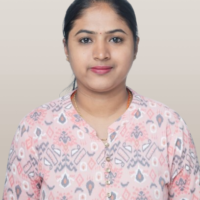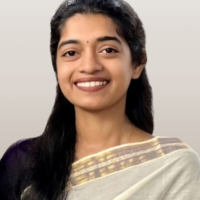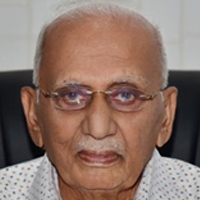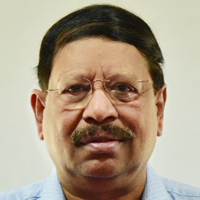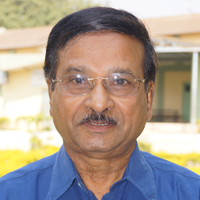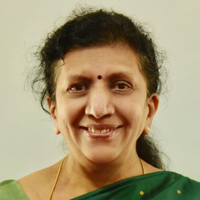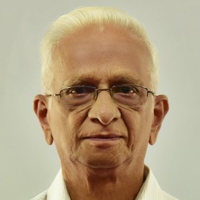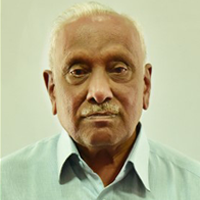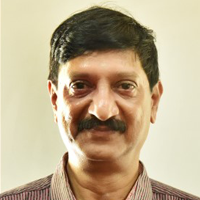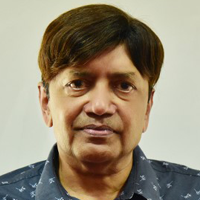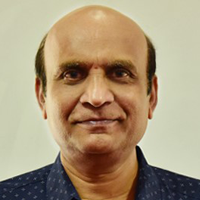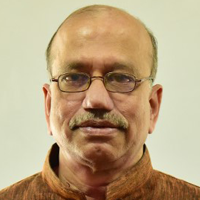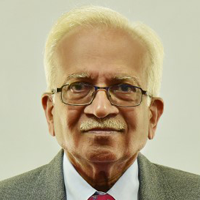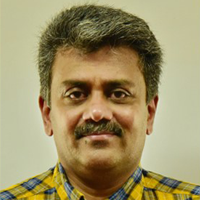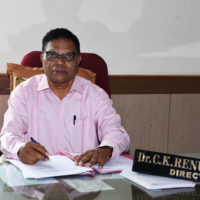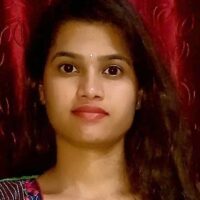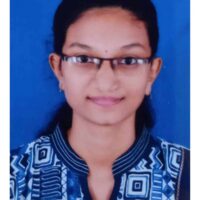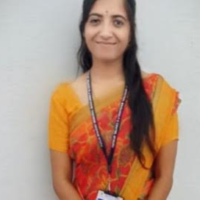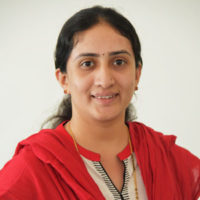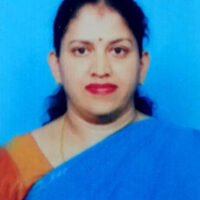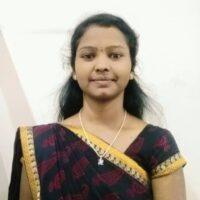
Dr. T Shivanandappa
Present address: Visiting Professor, School of Life Sciences, Pooja Bhagavat Memorial Mahajana Education Center, K. R. S. Road, MYSURU – 570 016, Phone: +91-821-2419779 (Off), +91-821-2515710 (Res), Mobile: 9480475885
Education/Academic career:
|
Degree
|
Year
|
Subjects
|
University
|
| B.Sc. | 1972 | Botany, Zoology, Chemistry | University of Mysore (First class, First in Zoology) |
| M.Sc. | 1974 | Zoology/Reproductive Biology | University of Mysore (First Class, II Rank) |
| Ph.D. | 1980 | Reproductive biology | University of Mysore |
| Post- Doctoral | 1988-89 | Molecular biology | Eye Res. Instt., Oakland University, MI, (USA). |
| Post Doctoral | 1989-90 | Biochemistry/ Mol. Biology | Univ. Med. Dent., NJ Med. School, NJ (Rutgers Univ, (USA). |
| DAAD Visiting Scientist UGC Visiting professor |
2007jul-sep 2016 March |
Natural Bioactive molecules
Lectures on Neurobiology |
Dortmund Universitat, Germany Goa University, India |
Last position held: Scientist ‘G’( Director grade)& Head, Department of Food Protectants and Infestation Control, Central Food Technological Research Institute (CSIR), MYSORE 570 020
Immediate past position: CSIR Emeritus Scientist, Dept. of Zoology, University of Mysore,
Areas of Research Interest: Neurobiology, Natural Bioactive molecules, Biochemistry and mode of action of Xenobiotics and nutraceuticals, Reproductivebiology, in vitro cell models; Transgenic models of neurodegenerative disorders
Research guidance: Ph.D. thesis supervised – 14 , M.Sc. dissertations – 24
Many of my former students got selected for research institutions in India and abroad including Harvard, Yale and Cambridge.
Prestigious award/recognition received
- DAAD Senior visiting fellowship at Institute fur Umweltforschung, Dortmund Universitat, ( Technical University of Dortmund),Germany, 2007
- NIH Research Associateship (USA), 1988-90
- Elected Fellow of the Society for. Reproductive. Biology and ComparativeEndocrinology.,(FRE) 1997
- PeraGovindarjuluGold Medal for Career Research, Soc. Reprod. Biol. Comp. Endocrinol., Chennai, 1999
- Hon. Fellow, Karnataka Science and Technology Academy, 2021
- CNR Rao Lifetime Achievement Award, Gold Medal, KSTA 2022.
Professional Recognition
Reviewer of research papers for international journals journals of Elsevier, Springer etc:
.Plos One, Behavioural Brain Research,ChemicoBilogucal Interactions, Toxicology, Neurotoxicology, J. Repr. Endocrinol; Toxicology Letters, Die Pharmazie,Biorg. Med. Chem.; L.W.T.-Food Sci. Technol.; J. Agri. Food Chem,,Food Chemistry, Pharm.biol. Toxicology, BMC Alter Med, Physiol. Behaviour, Ind. J. Exptl. Biol., Curr. Sci ,etc
Membership of Scientific societies:
- Euro. Soc. Comp. Endocrinol
- Soc. Biol. Chem.. (India)
- Soc. Repr. Biol. Comp. Endocrinol.., (India).
- Elected President of SRBCE, India( 2016-19)
Invited speaker at several national/international conferences in India and abroad
Published more than 100 research papers in leading international journals
Patents- 8 including US and European patents for the discovery of new natural biomolecules of therapeutic interest
Authored book chapters from international publishers including Springer
Research contributions are widely cited in scientific literature in 24 books including text books( eg: Marshall’s Physiology of Reproduction, Knobil’s Physiology of Reproduction, Haye’s Hand Book of Toxicology etc) ; Several papers with more than 100 citations, Total citations:more than 3200; hindex30
3 of my papers were rated among the TOP 10 most cited/downloaded by Elsevier.
Highlights of Scientific contributions:
- Discovery of novel bioactive molecules:
a. “Decaleside”, a new class of natural insecticides targeting the gustatory (sugar) receptors in insets, with a unique mode of action involving sodium pump inhibition (Naturwissenschaften, 2012, Plos One 2017).
b. My lab is credited with the Isolation and characterization of a dozen bioactive molecules from the edible roots of Decalepishamiltonii, and demonstrated their biological activities using in vitro and in vivo studies, with implications in health promoting potential (J. Agri Food Chem 2005,2006;, Food Chem 2006b, 2007, 2011, 2012, J Food Agri Sci,2009, , 2010, 2011).
c. Using the Drosophila model, my group has shown the neuroprotective potential of the molecules from D.hamiltonii against neurodegeneration targeting mitochondria (Behaviour Brain Res.,2013 ,Nerochem Int, 2015, Neuroscience 2015)
d. A novel bioactive molecule, “Sporotricolone” has been isolated by his group from a fungus which is a selective inhibitor of acetylcholinesterase and a candidate molecule for develoing a new drug for Alzheimer’s disease, or a bioinsecticide (Shivanandappa, et al., 2006, US Patent No 7,045,648). It is noteworthy that an Indian scientist (biologist) has discovered many bioactive molecules - Developing methods:
We have developed a simple, sensitive biochemical assay for the important steroidogenic enzyme, 3beta-hydroxysteroid dehydrogenase which could be an alternative for the expensive radiochemical assay, being used by reproductive biologists .(Analyt.Biochem., 1997) - Mode of action of xenobiotics
Using a simple cellular model such as Ehrlich ascites tumor cells, we have shown the role of reactive oxygen species in the cytotoxic action of xenobiotics and the involvement of membrane bound Na++-K++ ATPase in cytotoxic cell death (Mol Cell Biochem 2006, 2010, 2020). - Biology of Aging:
We have isolated and characterized a long-lived laboratory strain of the fruitfly( Drosophila melanogaster) characterized its biological traits and using this as a unique model, we have explored the mechanism of the aging process in this extended longeveity phenotype. Using gene silencing transgenic flies, We have shown that oxidative stress resistance is a influencing factor in aging(Curr. Aging Res 2017, Biogerontology 2019, Comp.Physiol. 2020) - Vertebrate Reproduction:
a. Notable contribution, from our earlier studies in the field of vertebrate reproduction, is the discovery of sperm storage in the female genital tract in the Indian agamids, Calotes versicolor and Psammophilus dorsalis. We have hypothesized that it is an adaptation that effectively enhances reproductive success, and the evolution of the reproductive strategy in agamids (J.Morphol., 1990; 1995;).





